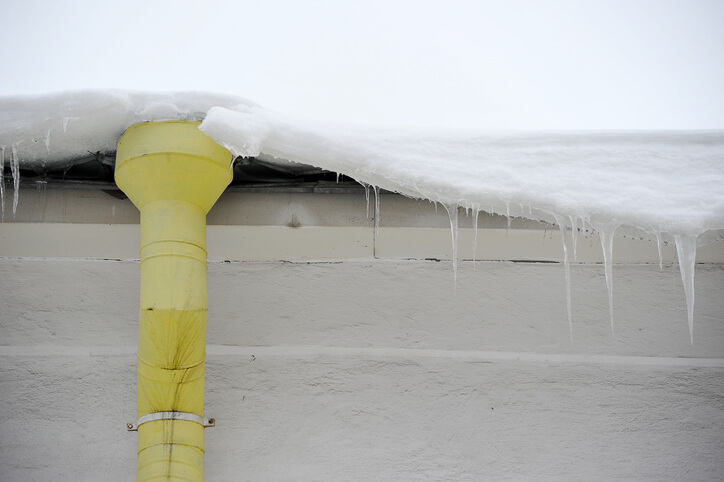With winter comes some truly lovely moments. Like seeing our warm breath hanging in the cold air. Catching a glimpse of rose-colored cheeks peeking out from behind thick scarves. Or witnessing layers of freshly fallen snow turn the most mundane places into extraordinary landscapes. But to homeowners, winter can also bring a host of problems, especially for the unprepared. You are going to need to learn what heat tape and heat trace cables are. That’s why we’re going to teach you how to choose the right heat tape for your home.
Heat Tape and Heat Trace Cables
Oftentimes you will hear the terms heat tape and heat trace cables used interchangeably. This is understandable since there isn’t a very large difference between them. Many experts will claim that one is more flexible than the other, or one is thicker than the other, but there are so many varieties now that it is hard to say which is best for a given project. Therefore, it is more important to focus on what they are used for.
Heat tape and heat trace cables are used to prevent the formation of ice. Whether it is in your pipes, or on your roof, these tools are designed to heat up to keep water from freezing and damaging your home. On your roof, heat tape will prevent the formation of ice dams and help avoid water damage from leakage. For your pipes, properly applied heat tape will prevent them from bursting in cold weather and eliminate the risk of flooding.
How to Choose the Right Heat Tape
The most basic decisions that need to be made when selecting heat tape are dictated by the situation it is to be used for. How much length is required, how tightly will it be woun, how complex will the pattern be on your rooftop?
When using heat tape on pipes you will typically want a short length of flexible cable that can be wound tight without damaging the cord. Rooftops and gutters on the other hand, usually require a longer length and less flexibility. But neither of these simple rules of thumb are 100%. Some roofs require a tighter zig-zag pattern than others for the heat tape to be effective. And some pipes are longer, or thicker, than others as far as their exposure to the cold. So start by taking a close look at your home while keeping these considerations in mind.
Temperature and Voltage
Measuring out the length of heat tape needed and determining its flexibility isn’t hard to do. The tricky part comes in when assessing the necessary voltage and temperature for your situation. Going with the wrong voltage on your heat tape can lead to blown fuses or damage to the tape. And getting the temperature right is crucial in terms of preventing ice, regardless of its location.
If you are unfamiliar with your home’s electrical system, or you aren’t sure what temperature is best for preventing ice buildup in your pipes and gutters, then there is no shame in seeking outside help.
Call a Professional
To understand which heat tape options are best for you, we can take a look at your home and give you a free assessment. Right now is the perfect time to start preparing for the winter. Our experienced staff members are always available to answer any questions you might have. Please give us a call at (801) 676-1048 or fill out our secure online contact form and get your free estimate today!


